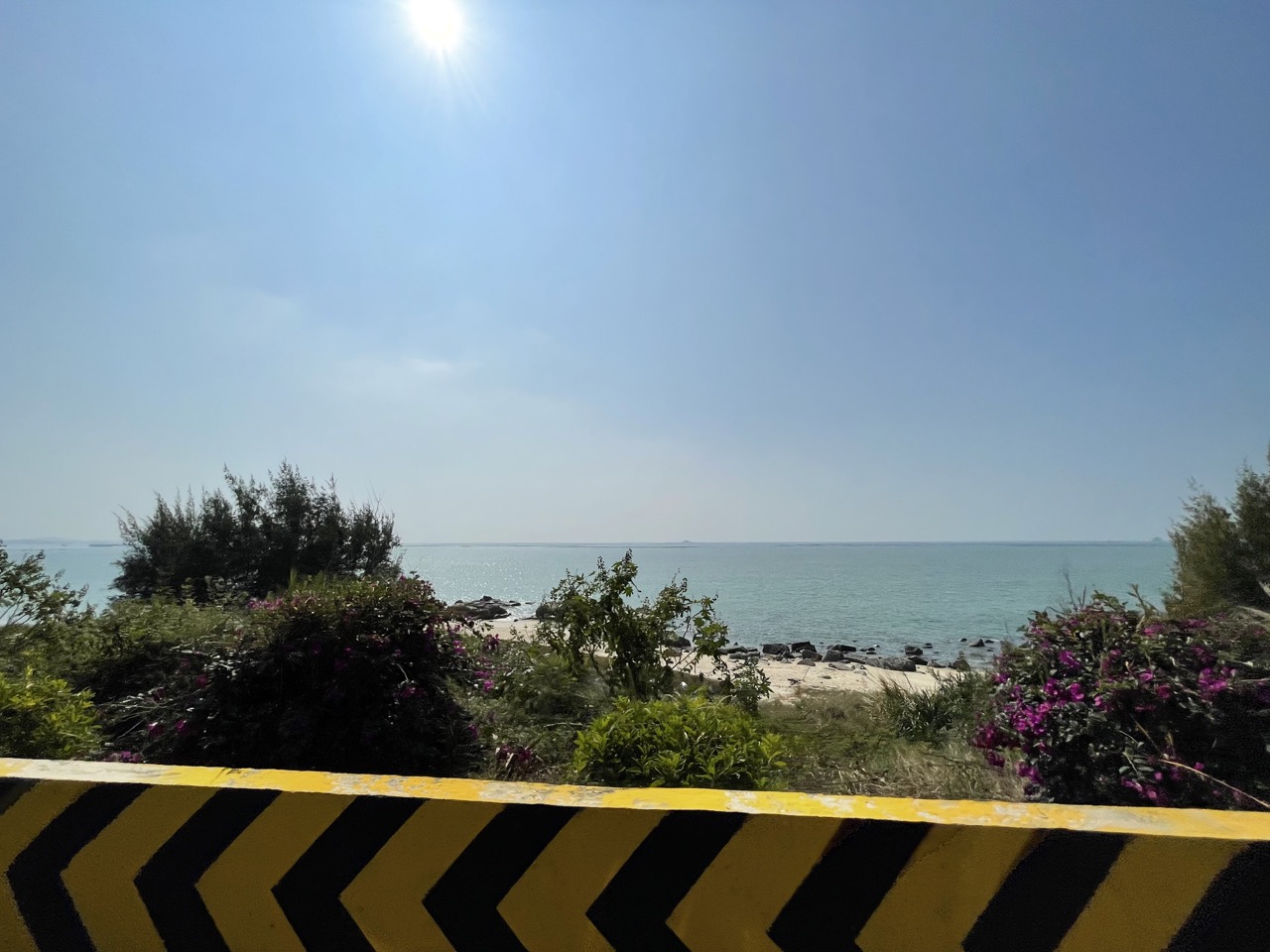The Long Road Home
I come from the Chaoshan area. During Chinese New Year, I need to travel about 400km from Guangzhou to reach my hometown. Due to the large number of people traveling with me, including some elderly passengers who needed a more comfortable riding experience, I chose to drive my family’s Buick GL8 instead of my own i3. However, even if I had driven my i3, there would have been no pressure. Why? Let me explain.
With New Energy Vehicles (NEVs) accounting for 25.9% of total vehicles sold in China in 2022, 52.5% in Shanghai and close to 30% in Guangdong, I thought I would see a large number of NEVs on the way back home, with long queues of pure electric vehicles waiting to recharge at charging stations. However, the reality was quite different from what I had imagined. On the highways in Guangdong Province, in the direction from west to east, Japanese and American compact cars are still the mainstream, and the Corolla is by far the most popular car on the road. Although there are occasional sightings of older BYD Tang DMIs, that’s pretty much it for NEVs. However, as soon as I entered the small towns, the situation changed. I frequently saw some relatively new NEV models, such as DENZA D9, LI L8, BYD Qin/Han EV, Geely Emgrand PHEV, Chery E1 (Qiyun 2) and even my own BMW i3.
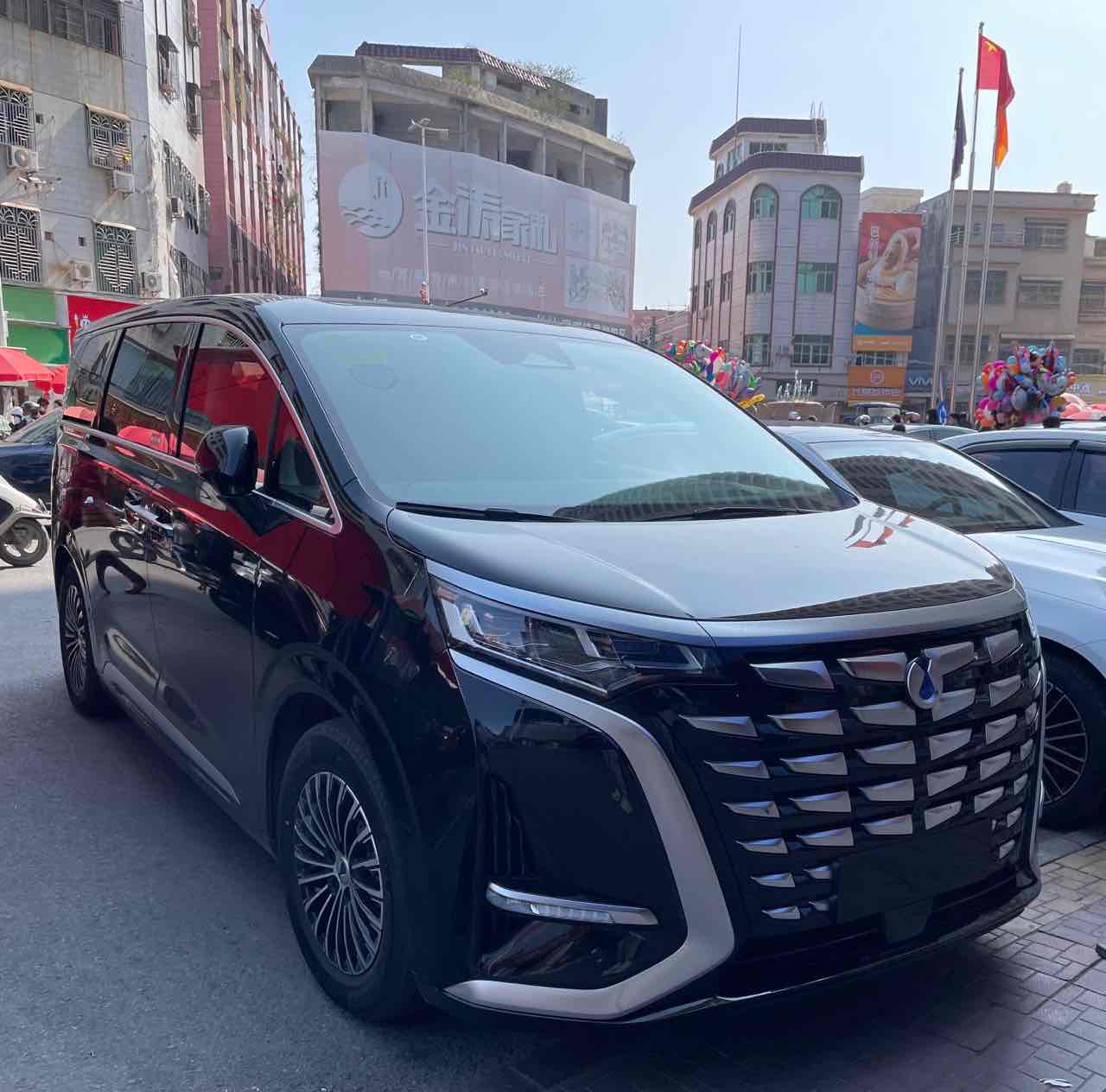
Picture 1: DENZA D9

Picture 2: LI L8
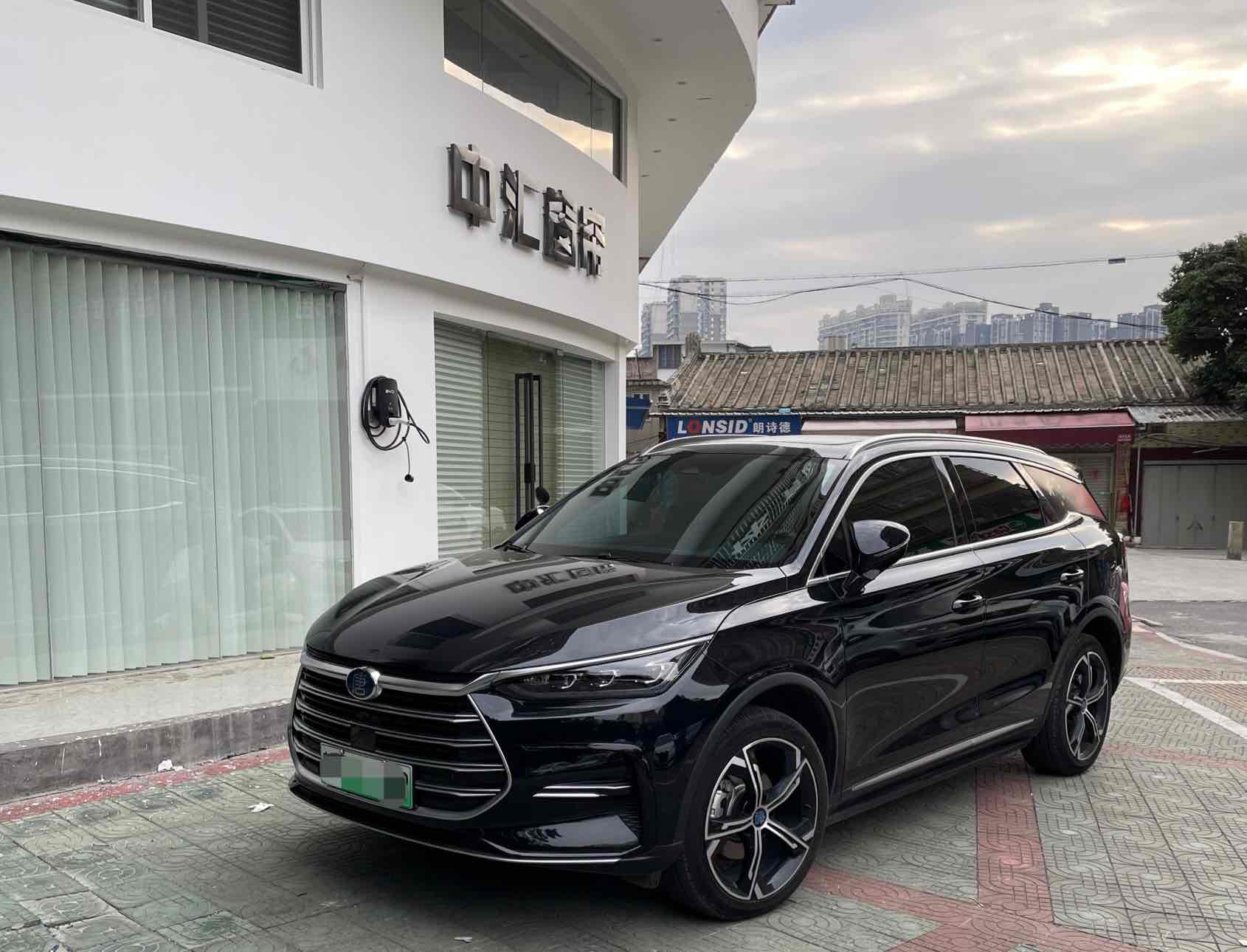
Picture 3: BYD Tang
Here’s an interesting anecdote: with only 10km left before we had to exit the highway, I came across a NIO ES7. In an area with a speed limit of 100km/h, this driver was driving at 120km/h. With no other vehicles ahead, he was making an outstanding contribution to improve traffic flow. To show my father what a NIO ES7 looks like in reality, I accelerated to drive side by side with him. Then I noticed that he was playing with his phone while driving. So he must have been in NOP driving mode. However, after about 10 seconds, he turned his head and noticed me. Then he hit the accelerator and drove away. I guess he was scared when he saw a car full of people following him, thinking that it was the prelude to a high-speed chase in Somalia. Here’s a reminder for everyone: if you’re driving alone and not paying attention to the road conditions, please don’t take your hands off the steering wheel or your eyes off the road for an extended period of time when driving in NOP mode.Renewable Energy Infrastructure on Highways
When discussing the refueling of new energy vehicles, there are generally three options: fueling, charging, or battery swapping. As a writer, I returned home two days earlier and made frequent stops along the way. From morning until dinner time, I was on the road, traveling on the highway on the 28th of the lunar new year, where everything was still subject to tolls. The flow of people in the service areas from morning until evening was average to slightly above average, with the majority of people stopping to rest. Instead, only a few people used this time to refuel.
High-speed charging
Let’s first take a look at the situation of high-speed charging infrastructure. I will use the charging pile situation in three service areas as an example.
Shapu Service Area
Refer to Figure 4, this is the Shapu Service Area at 9 o’clock in the morning.
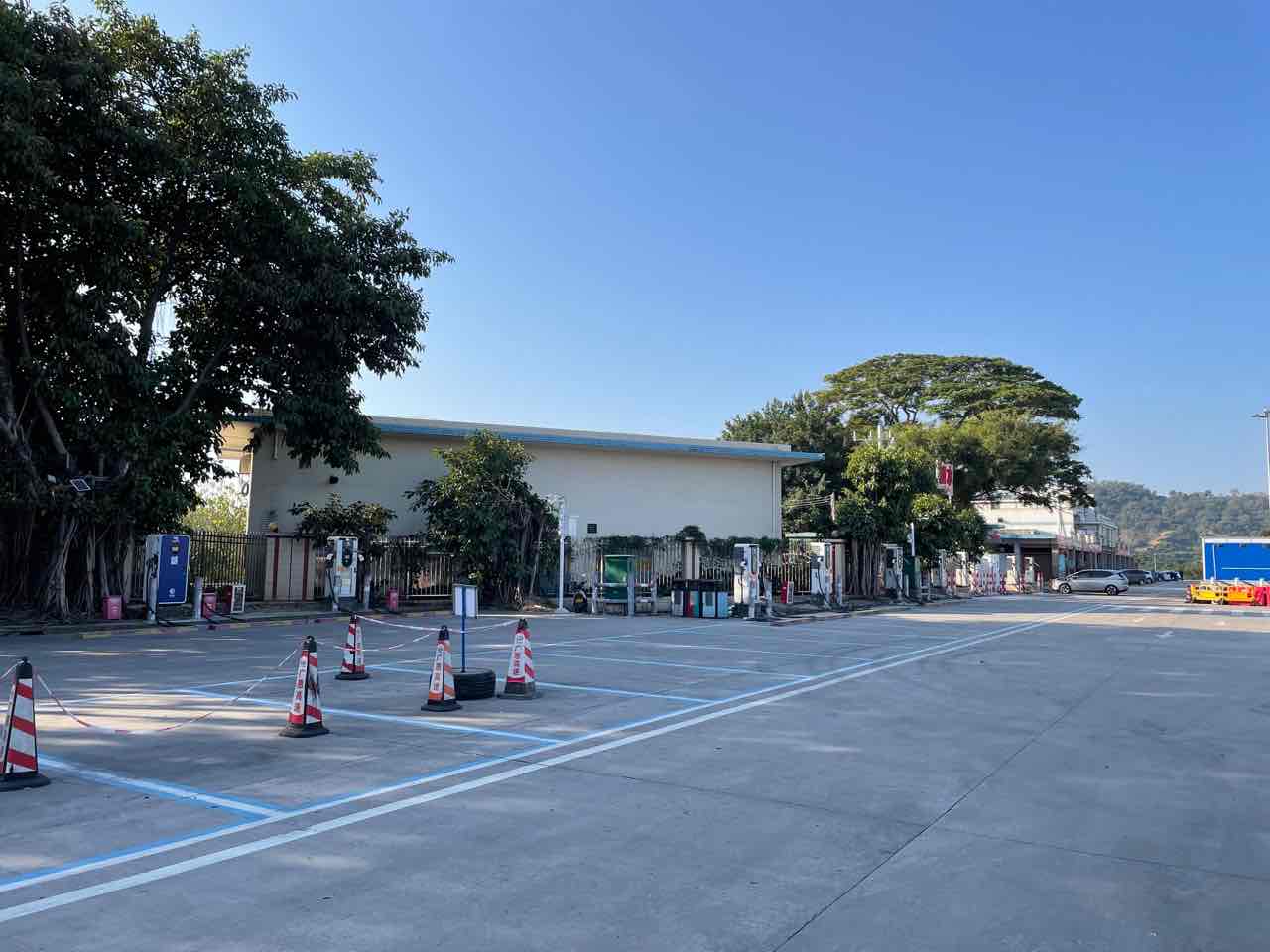
Figure 4a: Shapu Service Area – Charging Area
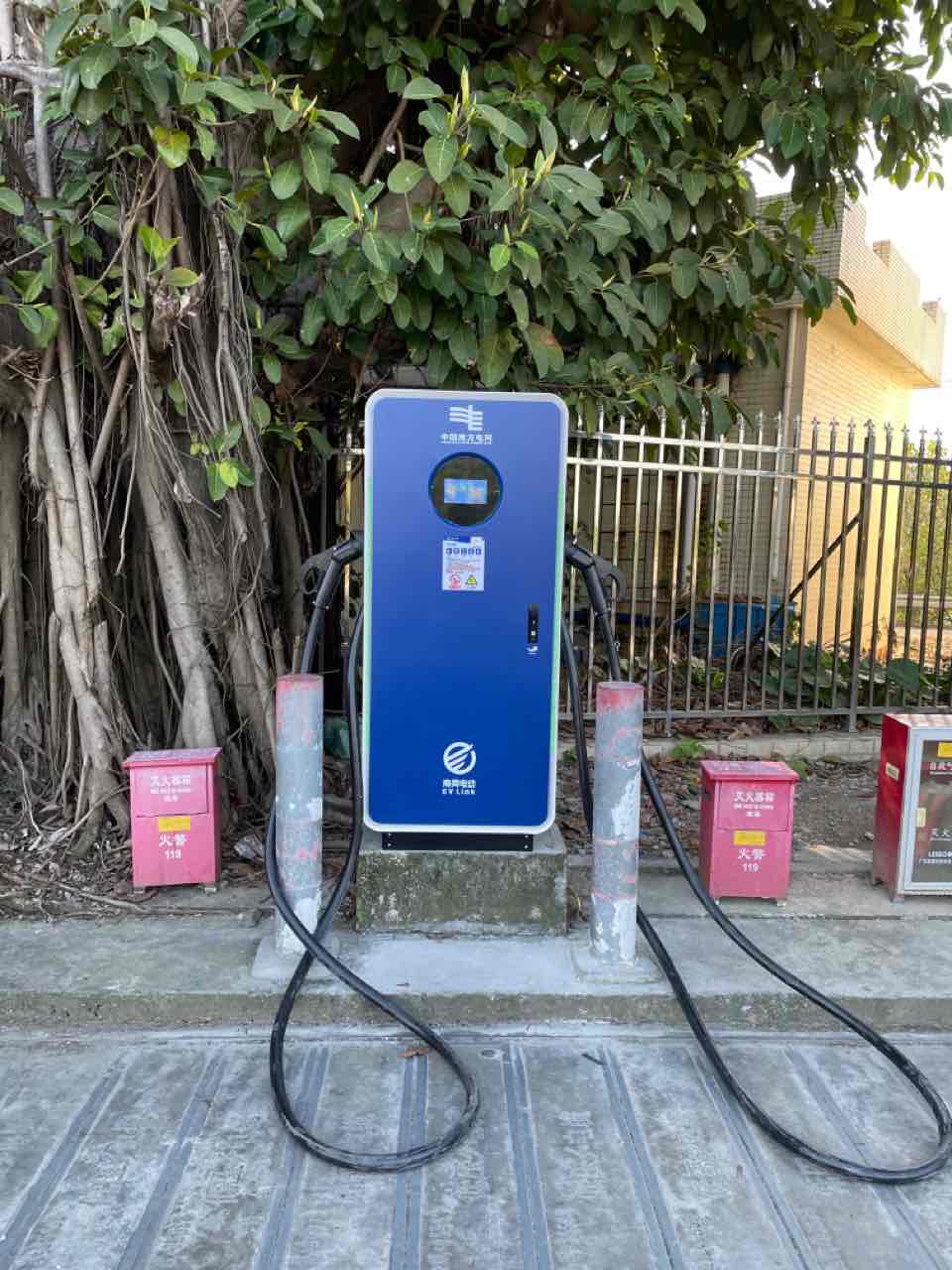
Figure 4b: Shapu Service Area Charging Piles (New)
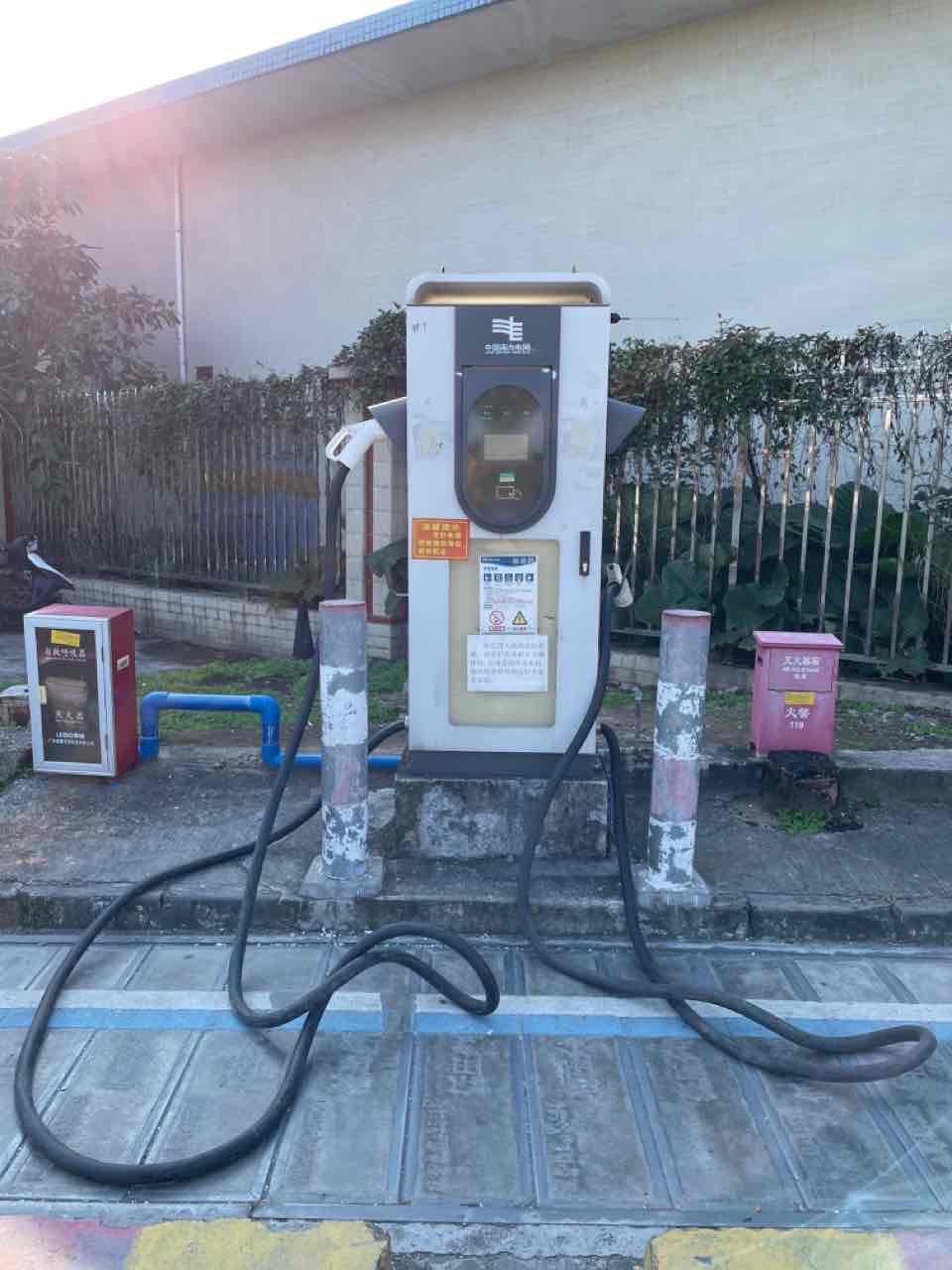
Figure 4b: Shapu Service Area Charging Piles (Old)
Figure 4c: Aion Y Plus Charging at the Station
The Shapu Service Area is located within the boundaries of Zengcheng District, Guangzhou City. About half of the parking lot for passenger cars was full of cars and there were people resting inside and outside the cars. Most likely, they had driven from the western region of Guangdong Province early in the morning. The service area has 10 fast charging piles from the Southern Power Grid, with 20 charging guns, and every gun can be used. At that time, only a new Guangqi Aion Y Plus was being charged (the newly modified rear styling looked much better).
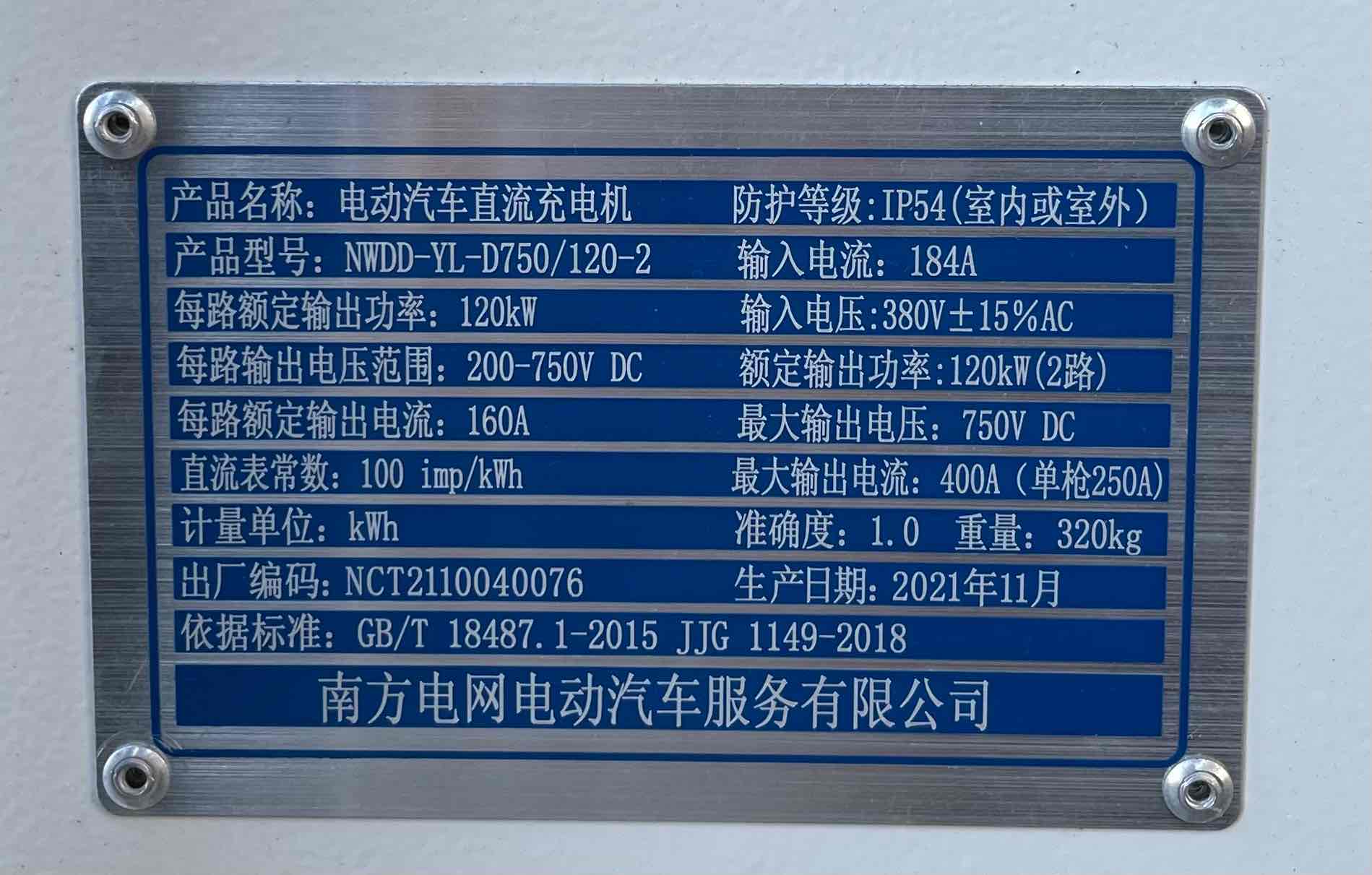
Figure 5a: Parameters of Southern Power Grid Charging Pile (New)
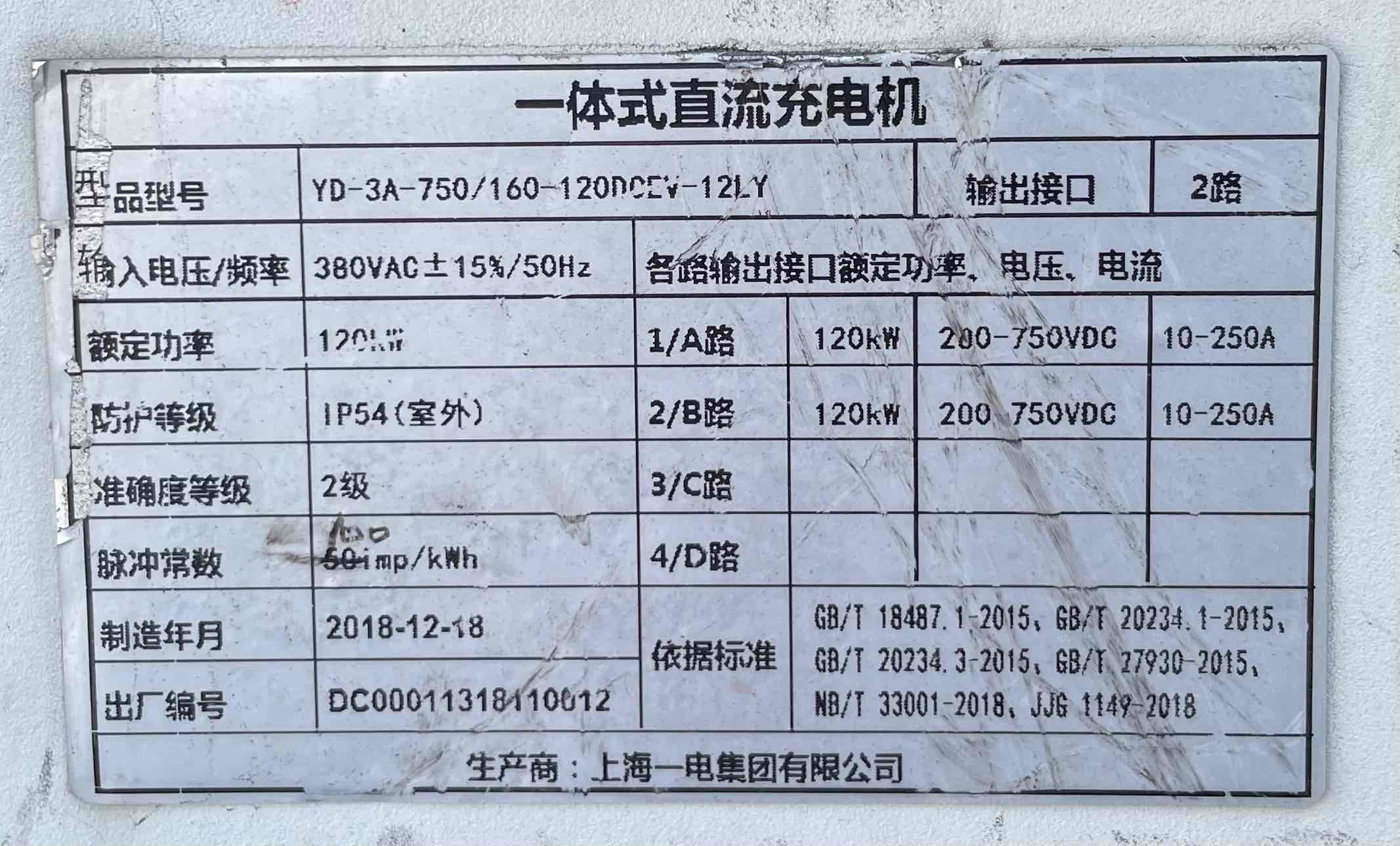 ## Figure 5b: Parameters of Southern Power Grid Charging Station (Old)
## Figure 5b: Parameters of Southern Power Grid Charging Station (Old)
The charging station parameters can be found in Figure 5. The rated voltage/current is 750V/184A, and the maximum rated output power for each charging gun is 120kW. If you use such a charging station to replenish energy, assuming you only plan to charge from 30% to 80%, it will take no more than 30 minutes (note: calculated based on a vehicle with an available battery capacity of 80kWh, PWT-400V voltage platform, and supporting a maximum of 90kW DC fast charging). If you happen to be driving a XPeng G9, it will only take about 20 minutes to complete.
Given the relatively sufficient charging station resources and the relatively central geographical location, it is recommended that owners of pure electric vehicles traveling on the Jiguang Expressway returning to Chaozhou-Shantou replenish their energy here. The reason is as follows: the high-speed service areas (Ruhu/Hengliliantang/Waxi) within the next 200km are situated at the intersections of two highways, where the passenger flow is already large. In addition, the risk of traffic jams has increased the demand for energy replenishment, which will largely result in queues for charging. At the time of writing (around 11:00 on the 29th of the year), the charging stations at the Zhongxin/Shiba service areas on the Guanghe Expressway and the Hengliliantang/Waxi service areas on the Jiguang Expressway were already fully loaded. In contrast, 60% of the charging stations at the Mianyang service area, located later in the trip, were still empty. Based on this comparison, it can be inferred that the area with the lowest efficiency for energy replenishment during the peak period of returning to hometown by expressway is the area beyond 100km from the first-tier city, where multiple major expressways intersect. Unless absolutely necessary, it is recommended to avoid these areas as much as possible when replenishing energy for your new energy vehicle.
Duo Zhu service area
Let’s take a look at the charging stations and usage at other service areas for everyone. The Duo Zhu service area, located in Huidong County, has only two charging stations and four charging guns. Each gun can be used. The parameters for each gun are also the standard 750V/120kW rated voltage/power.
Figure 6a: Charging station at Duo Zhu service area
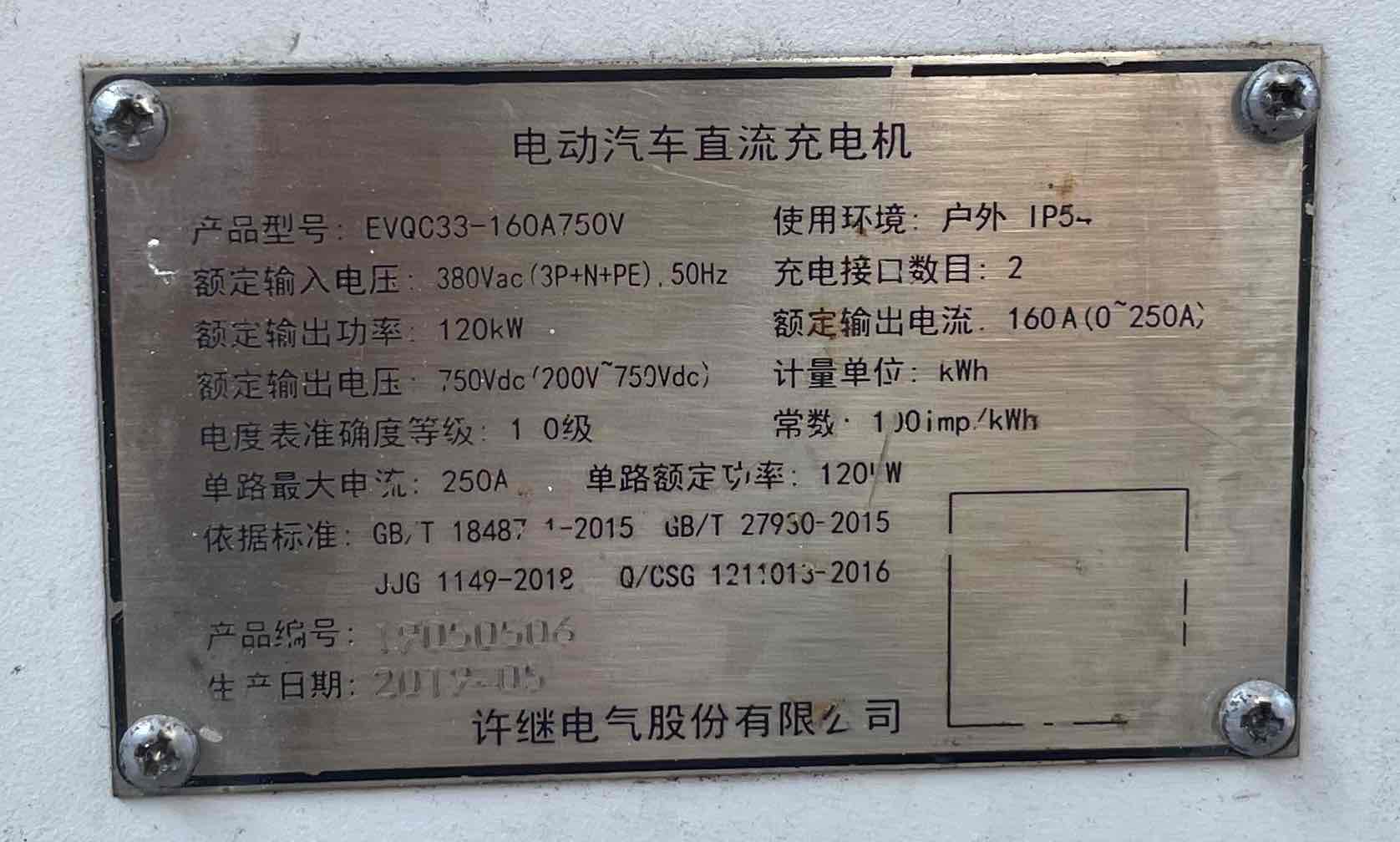
Figure 6b: Charging station nameplate at Duo Zhu service area
Huilai service area
The Huilai service area, located near my destination, has three fast charging stations and six guns, which are also 120kW each.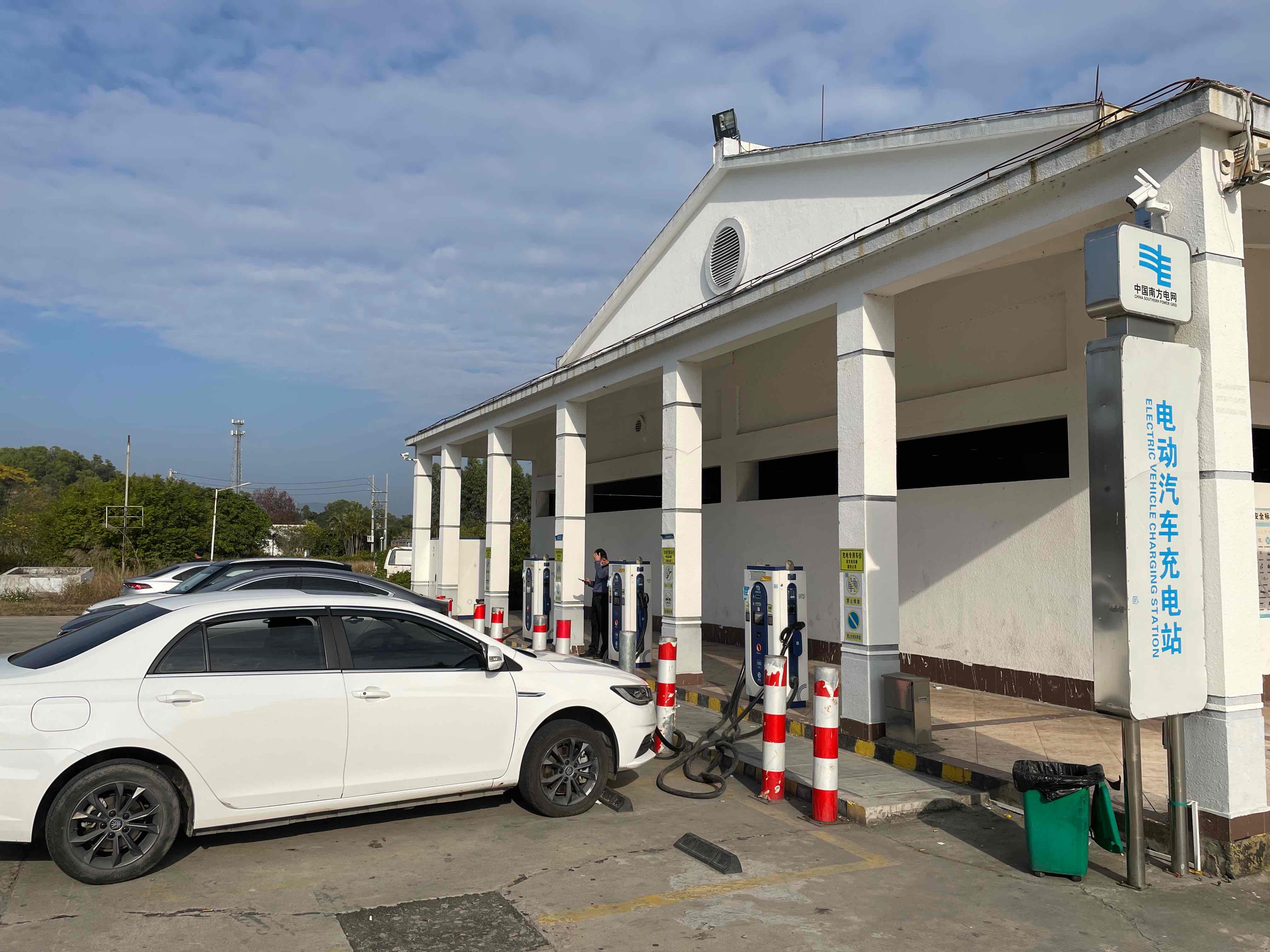
Figure 6c: Charging area at Huilai service area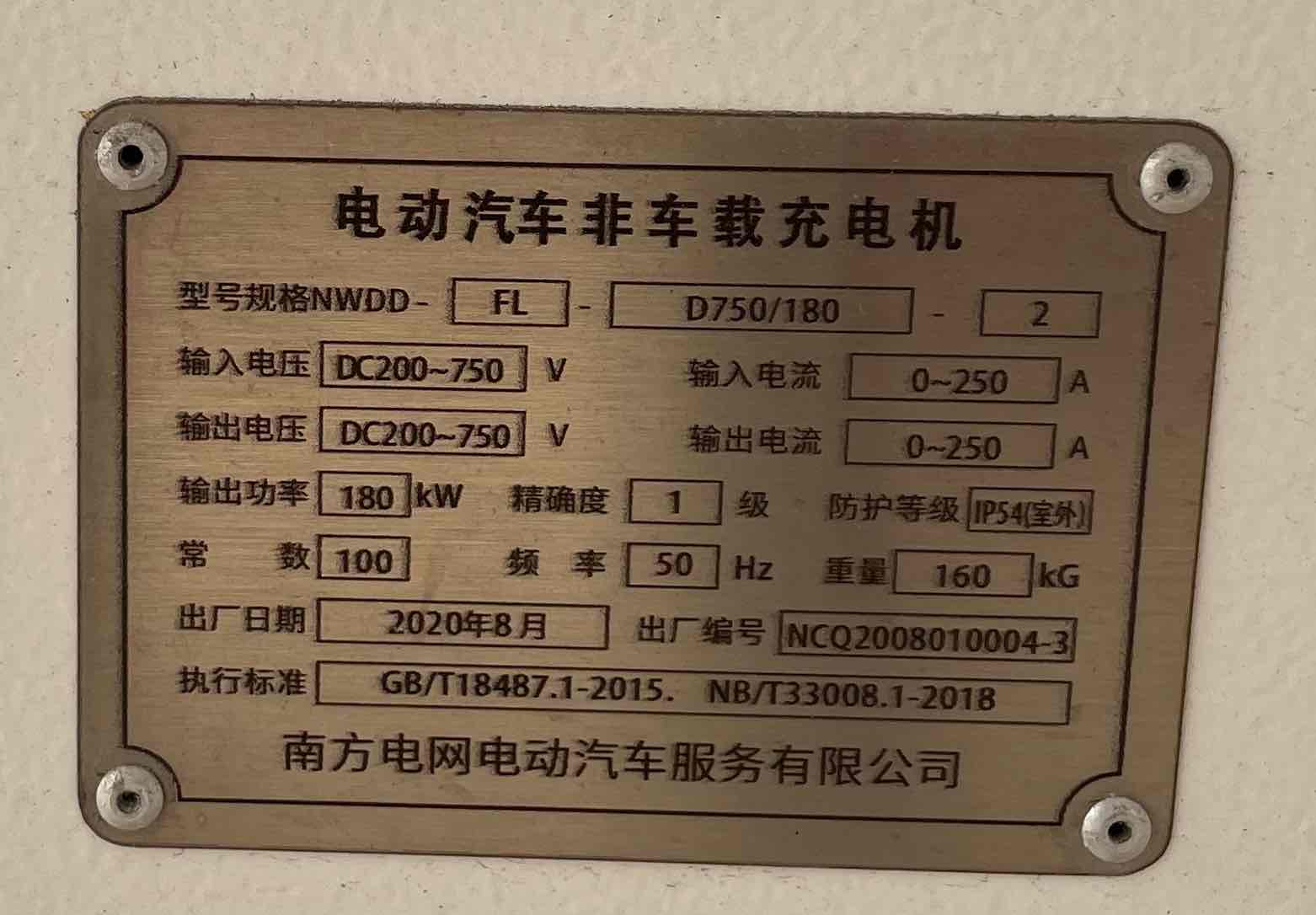
Figure 6d: Charging pile nameplate at Huilai service area
A fun fact about these piles: The protection level of the charging pile is IP54, which means that harmful dust cannot enter its interior, and it is splash-proof. However, you cannot use a high-pressure water gun to wash it. Moreover, in the case of floods and heavy rains, the charging pile will also be unable to work.
High-speed battery swapping
Another scenario is the infrastructure for high-speed battery swapping. There are currently six battery swapping stations in service areas on highways from Guangzhou to western Guangdong. They are located in Waxi/Lianhuashan/Jinhe/Donggang/Huilai/and Neihu, with the first two being westbound and the latter four being eastbound. In addition, as a supplementary option, there are battery swapping stations in downtown Huizhou and Puning to recharge your vehicle after exiting the expressway.
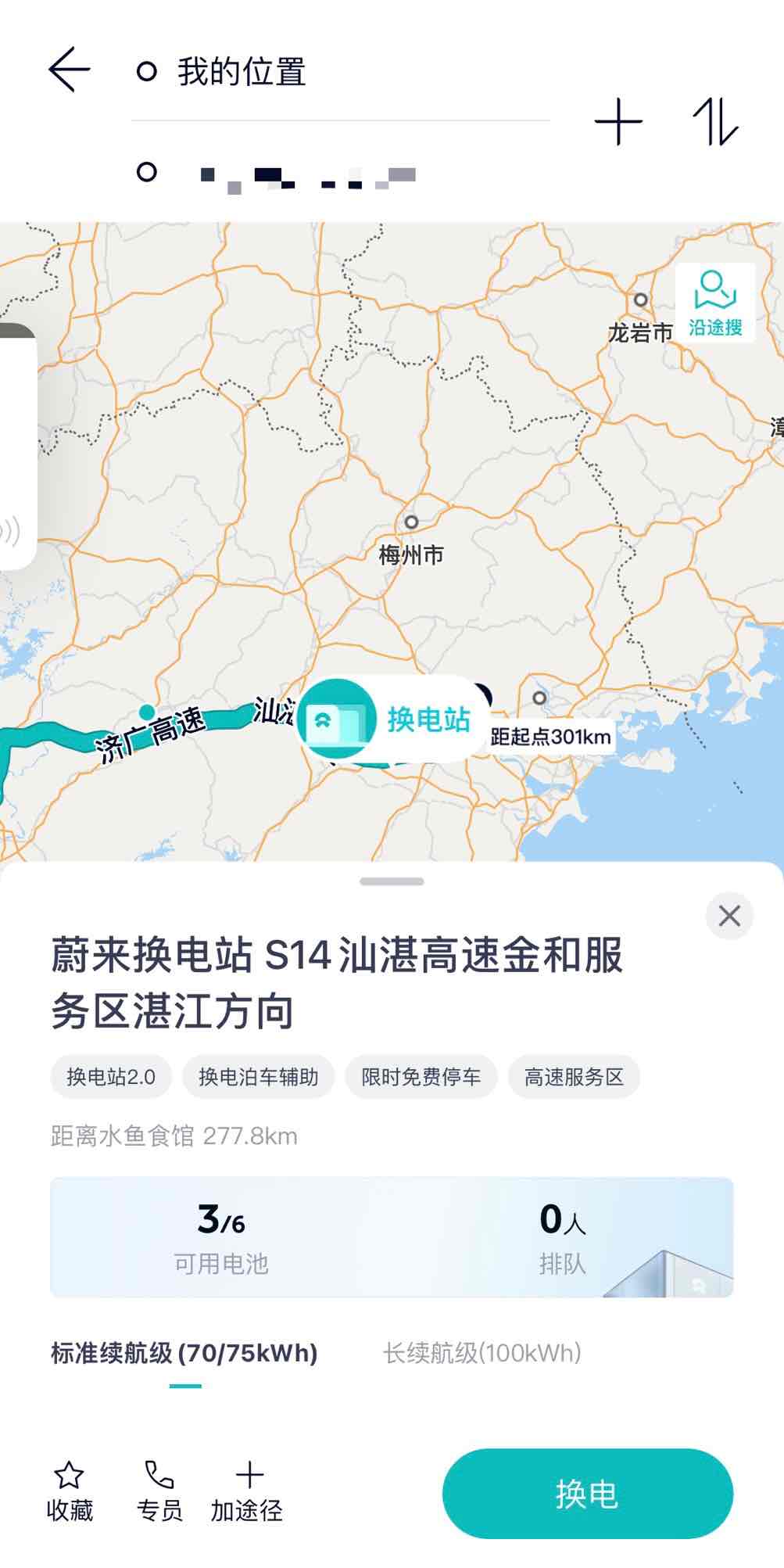
Figure 7a: Battery swapping station at Jinhe service area (APP screenshot)
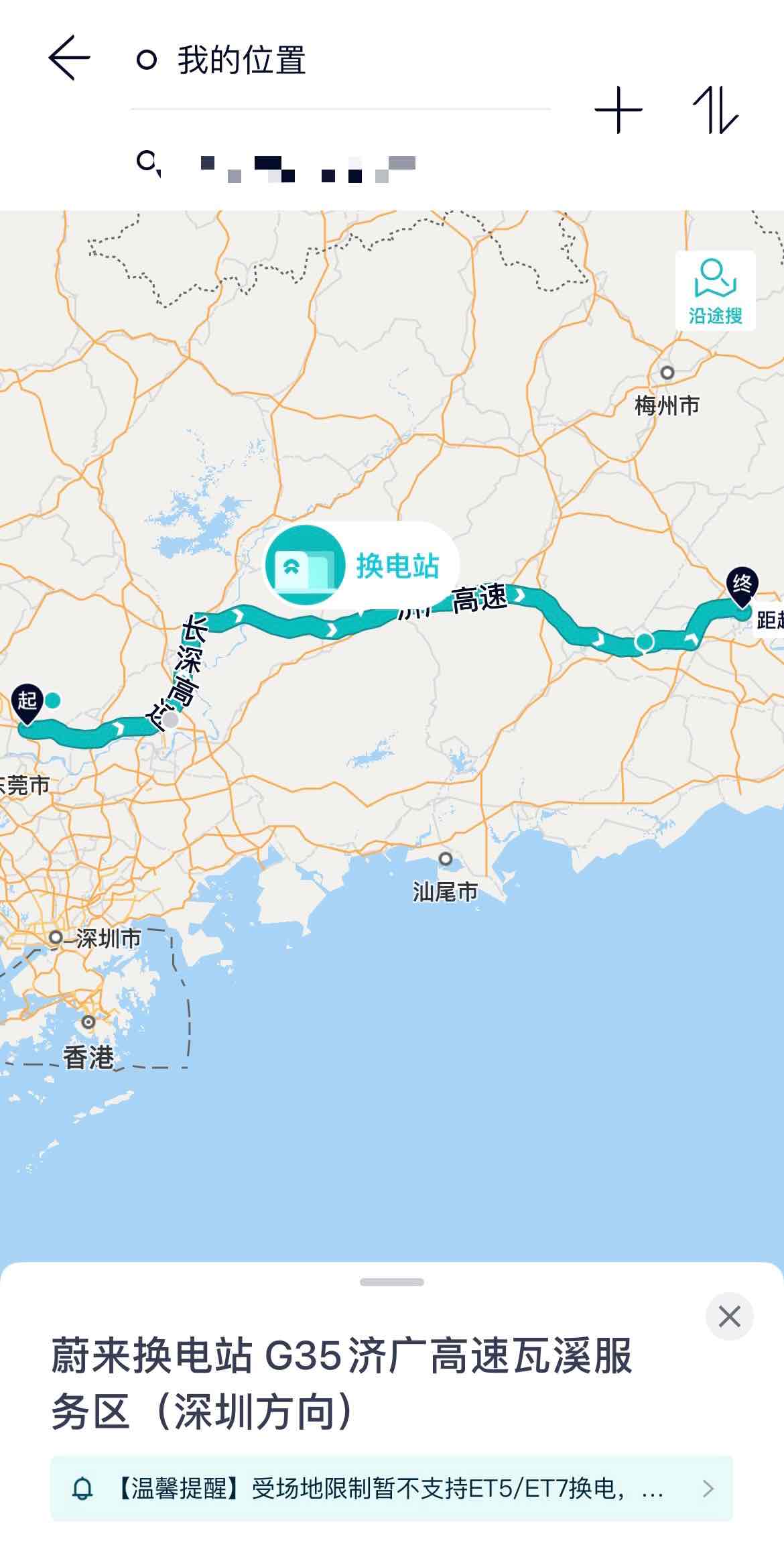
Figure 7b: Battery swapping station at Waxi service area (APP screenshot)
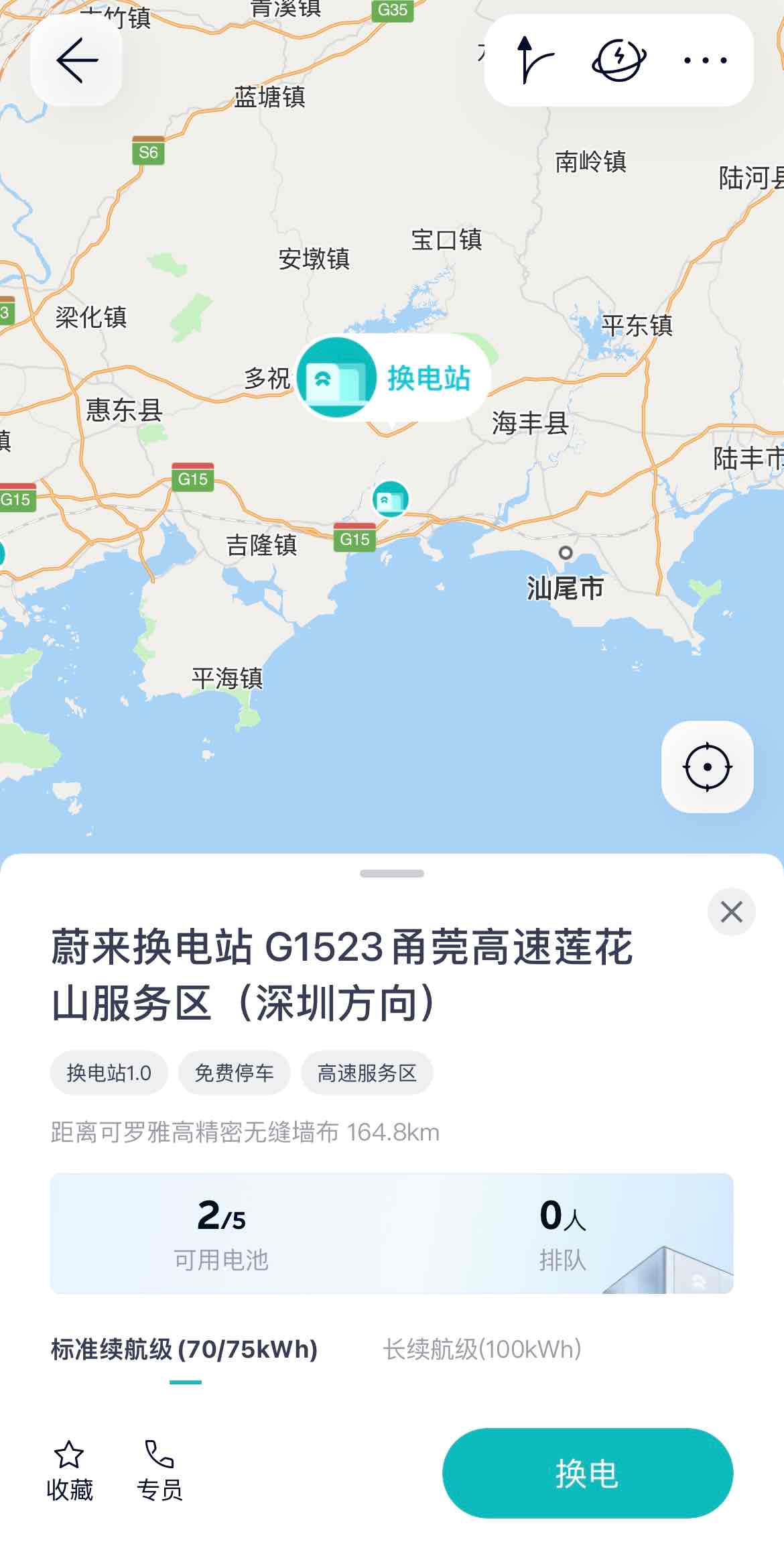
Figure 7c: Battery swapping station at Lianhuashan service area (APP screenshot)
If your car only has a capacity of 75kWh and you need to return from Guangzhou to Chaoshan and choose to take the Guangzhou–Meizhou Expressway, you can recharge at the Waxi battery swapping station. If you choose to take the Ningbo-Guan Expressway, you can recharge at the Lianhuashan service area. Both the Waxi and Lianhuashan stations have the same resources and are 1.0 battery swapping station, but the ET5/ET7 can only be swapped at the latter.
If you have a vehicle with a capacity of 100 kWh, congratulations, you don’t have to worry that much. You can go directly to the Neihu or Jinhe service area, or even to Huilai downtown for battery swapping. These places have 2.0 battery swapping stations, which can accommodate more battery swaps. Not swapping batteries along the way also provides convenience to other drivers with shorter-range cars.Summary: Guangdong’s highway service areas have installed State Grid direct current fast charging piles from 2018 to 2022, with each rated power of 120 kW per port. Owners of Taycan, G9, Zeekr 009, and new cars on the 800V high-voltage platform can charge faster and leave with enviable looks from others saying, “Fast don’t lie.” However, NIO owners have a different experience: Easy in, easy out. Playin’ yet never stayin’.
City Energy Infrastructure Construction in Tier 4 or 5 Cities
Rural Fast Charging
Take the city of Jieyang where the author’s hometown is located for example: there are only two third-party 120 kW charging stations within 20km near the city, located in Xianqiao Jin Triangle Industrial Zone and Evergrande Century Oasis parking lot.
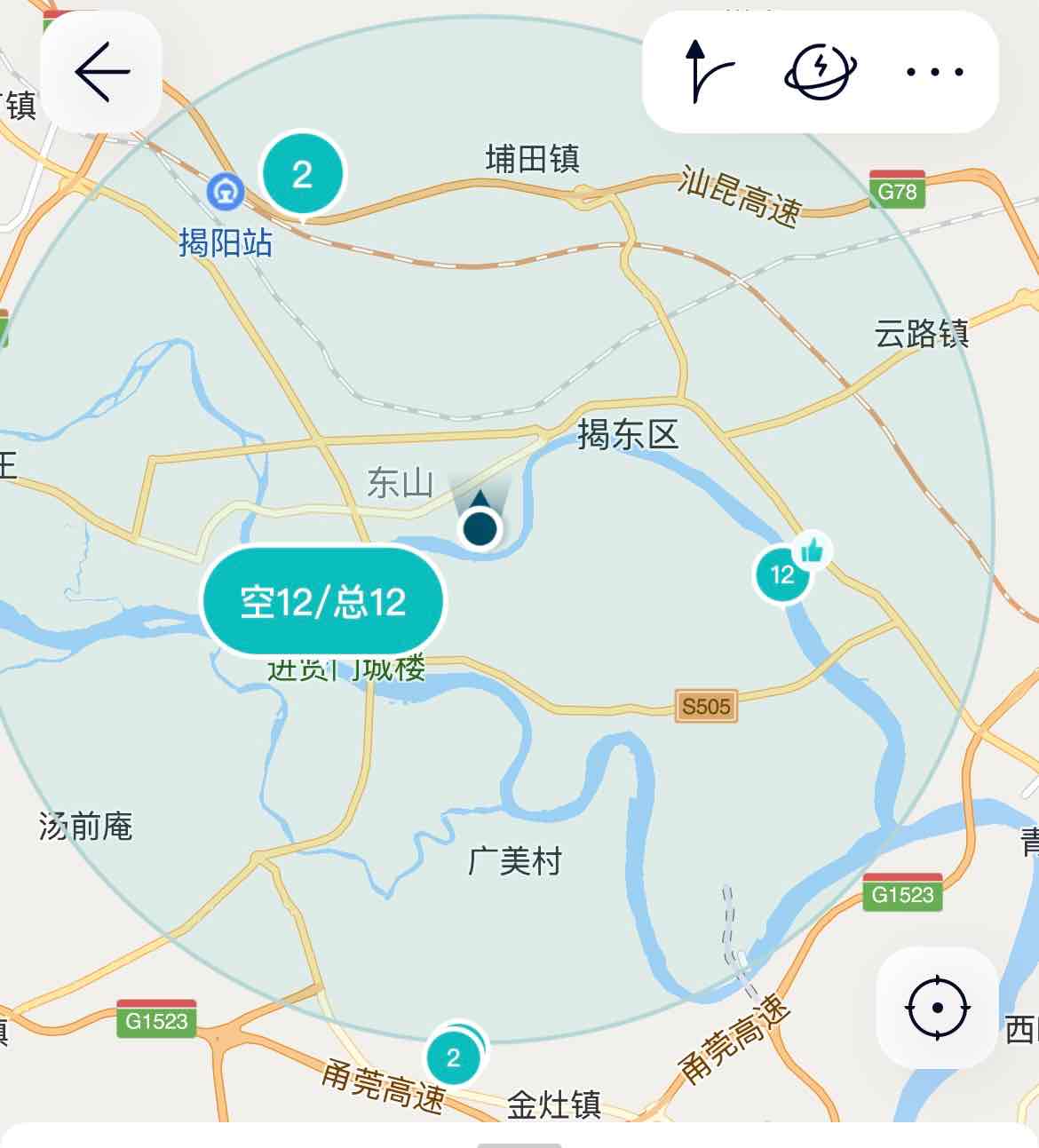
Figure 8a: Distribution of 120 kW fast charging piles
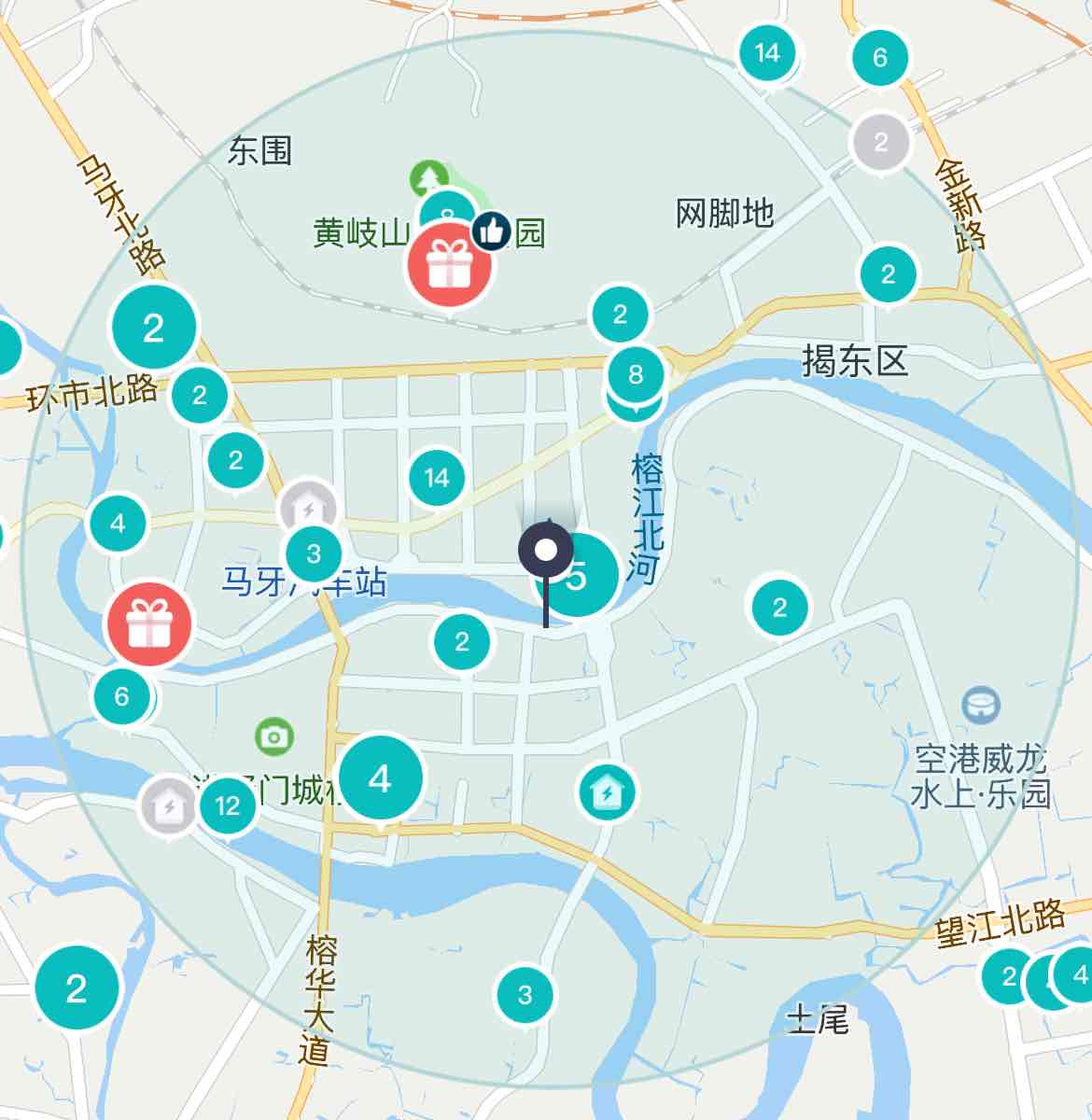
Figure 8b: Distribution of 60-80 kW fast charging piles
There are also 80 kW, 75 kW, and 60 kW charging piles, but from the perspective of rapid energy supplementation, they are not sufficient. It may take over 90 minutes to replenish energy from lower power. This makes it very inconvenient to charge the car specially. But Xpeng and Zeekr owners don’t need to worry, because you have an exclusive supercharging station, which has only four ports. If blocked by a parking lock, there’s no need to worry about others using them.
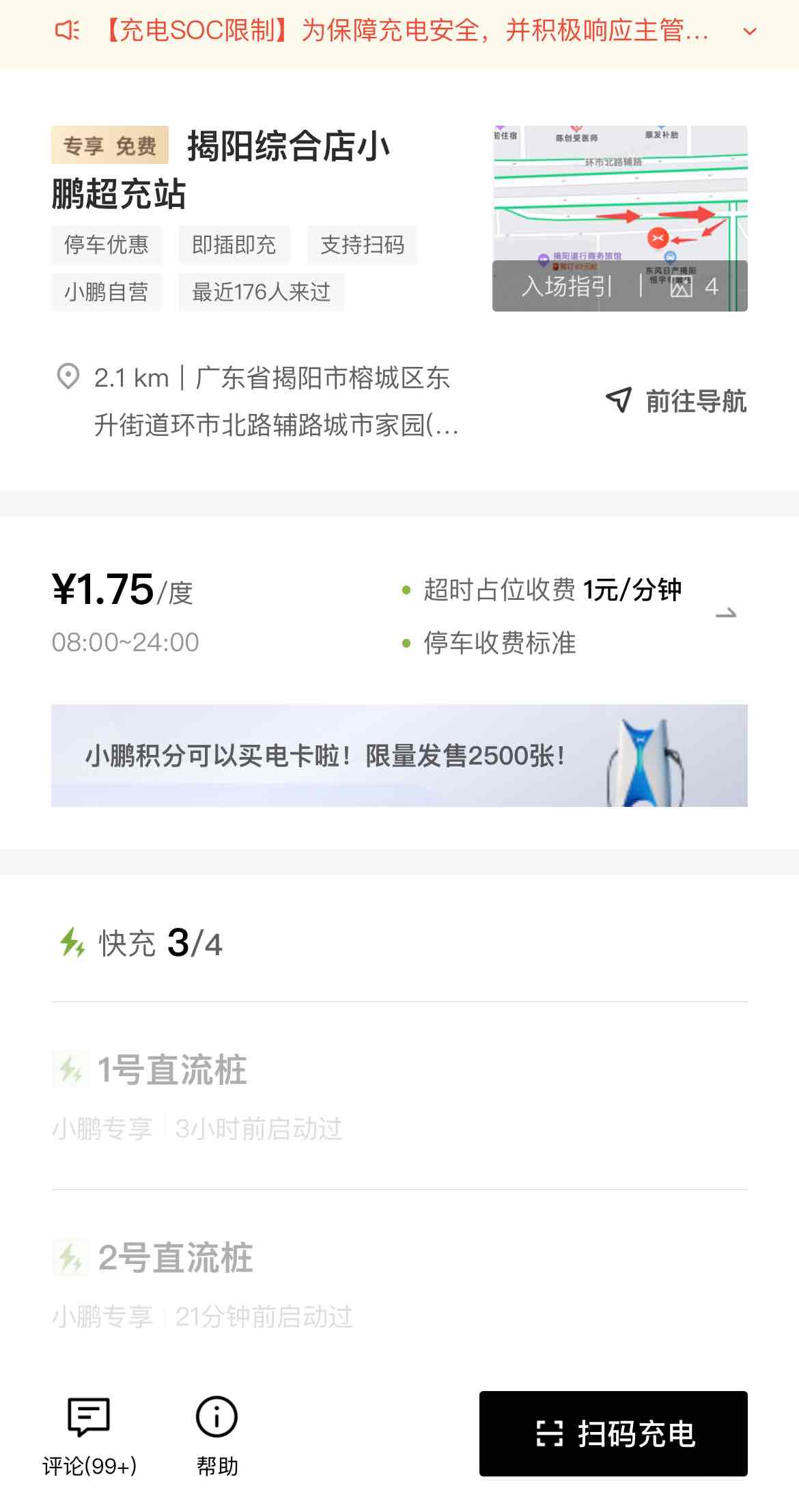
Figure 9: Xpeng Supercharging Station Information (APP Screenshot)
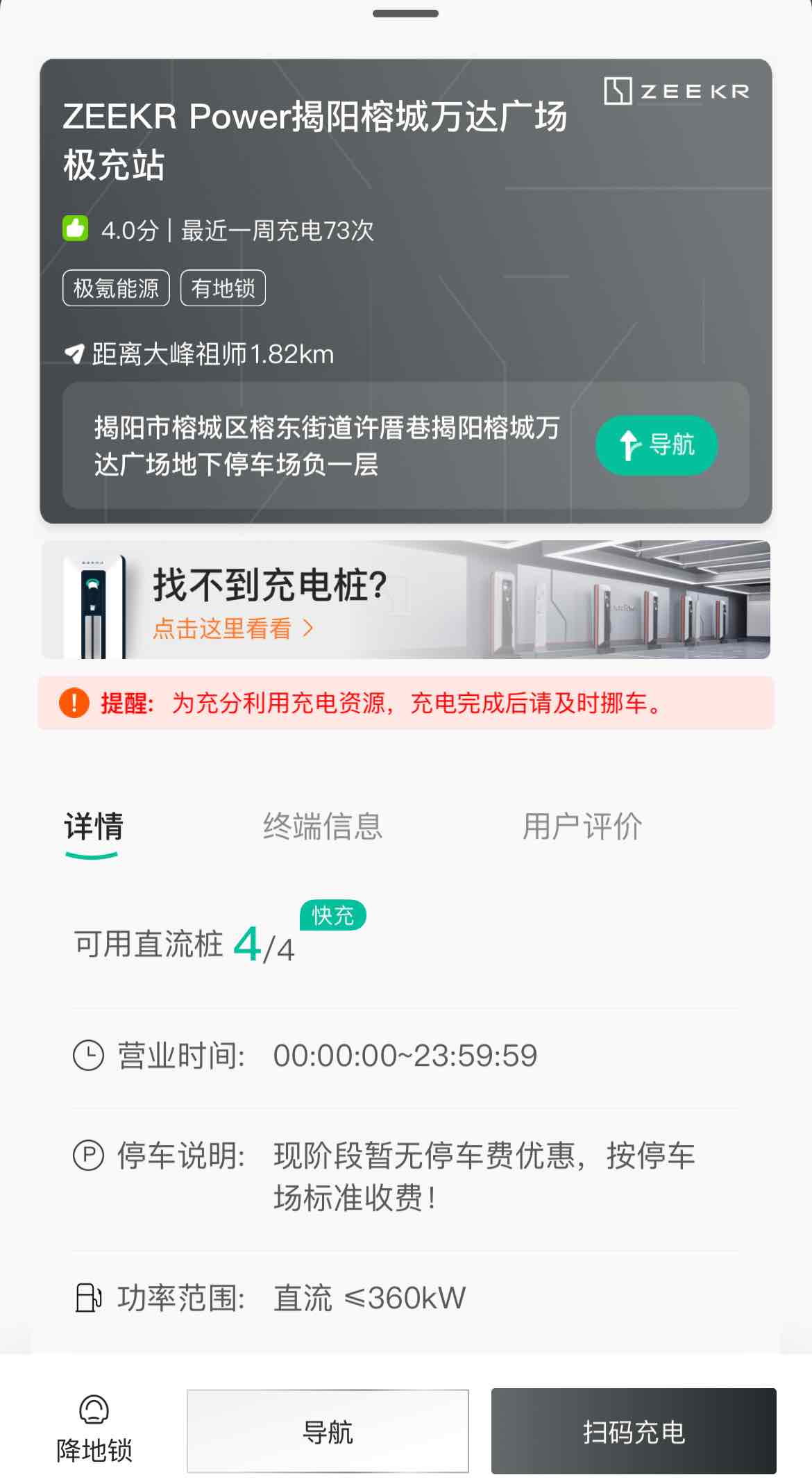
Figure 10a: Zeekr Supercharging Station Location Information (APP Screenshot)
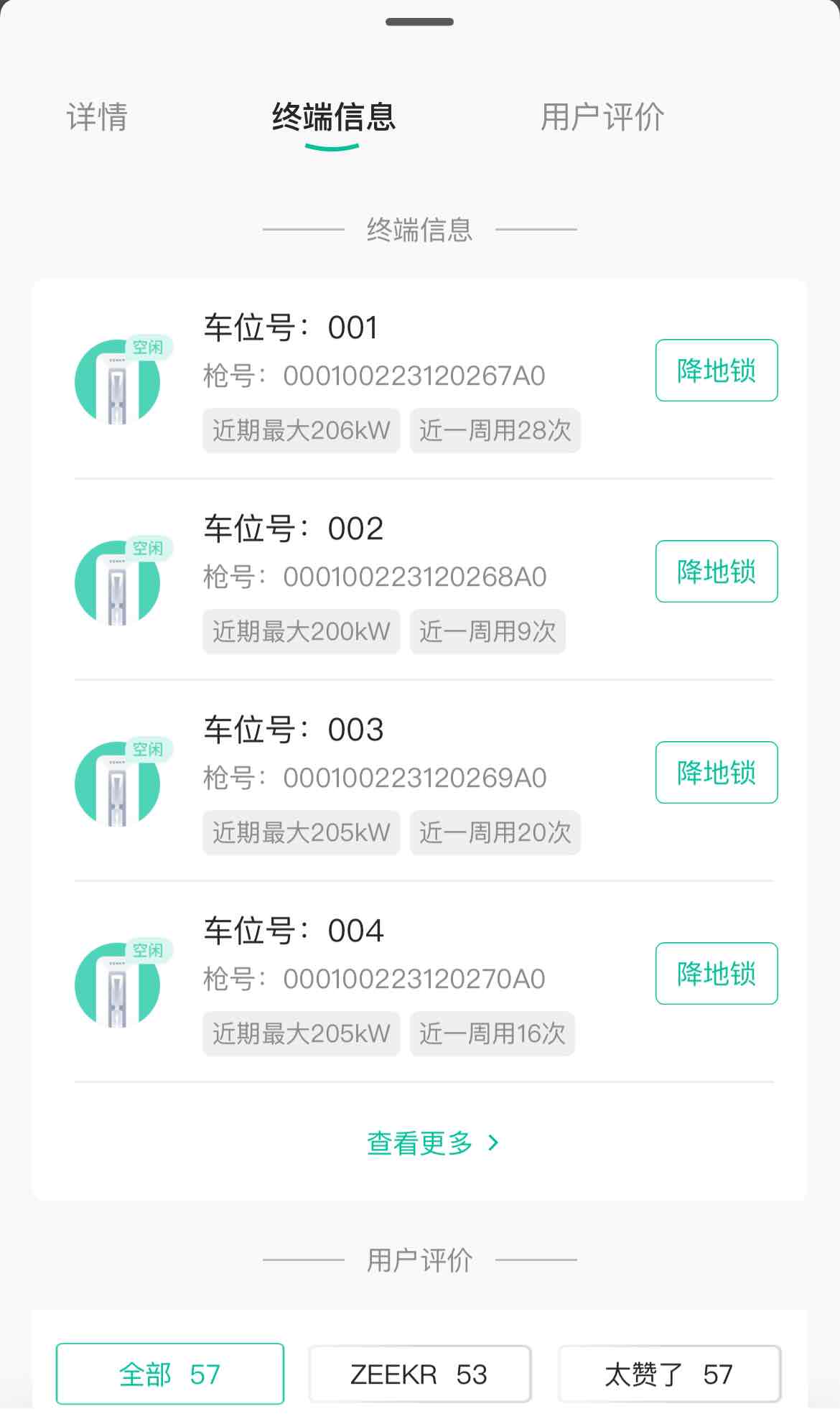 ## Image 10b: Information of Extreme Kr Charger (APP Screenshot)
## Image 10b: Information of Extreme Kr Charger (APP Screenshot)
Looking at this, although there are not few DC charging stations in the urban area, there are less than 30 truly fast charging stations. When you need to quickly recharge with high-power fast charging stations, it can be troublesome.
Rural Battery Swapping
For NIO owners, unless you are from Puning/Shantou/Chaozhou, you need to travel dozens of kilometers to swap batteries. In this case, they should wait until they are on their way back to swap batteries.
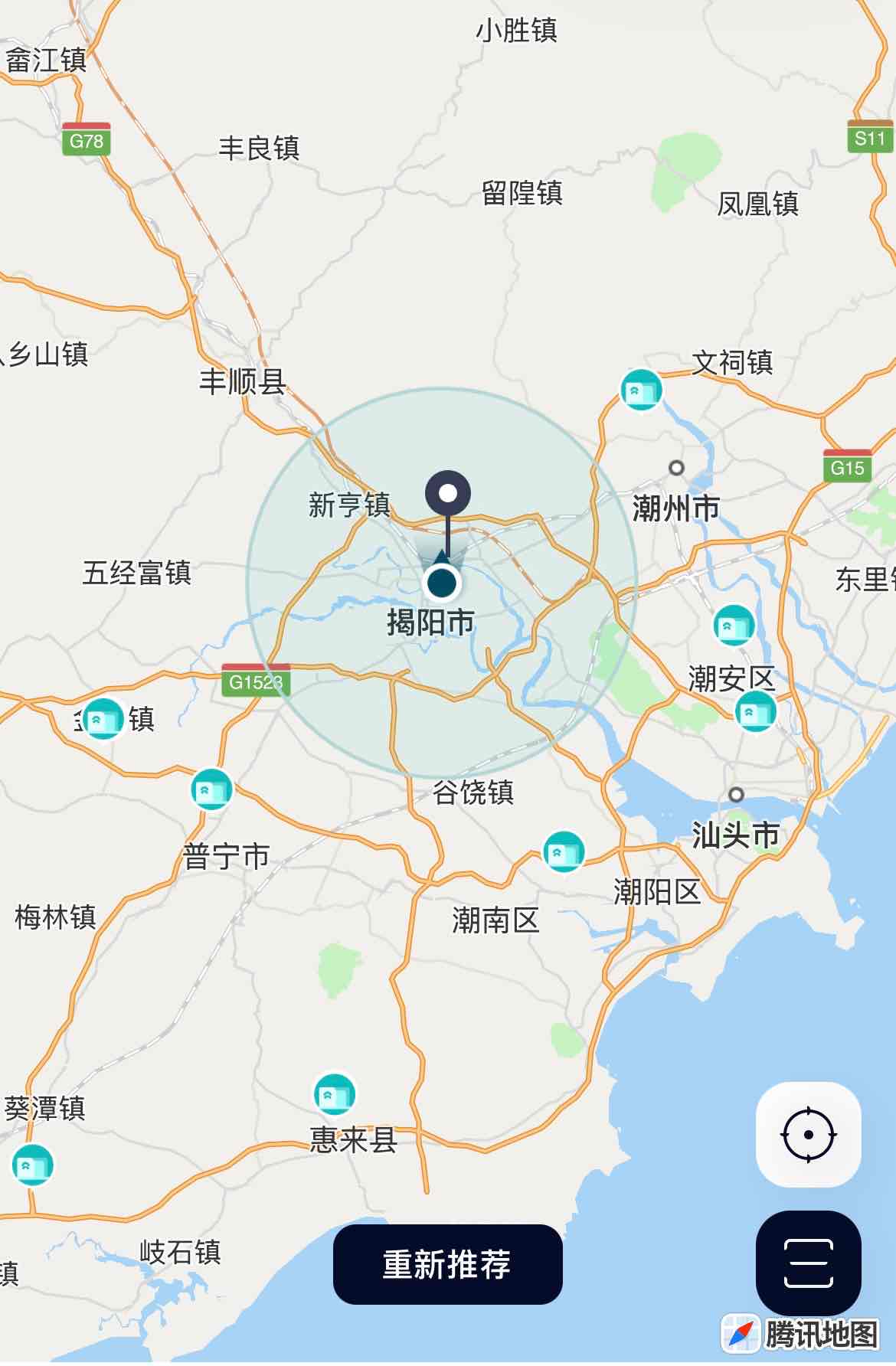
Rural Slow Charging
Speaking of this, currently, many car companies regard private charging pile as a kind of purchasing rights. In rural areas, it is relatively easy to install private charging piles without many prerequisites. At least, you don’t have to worry about running out of battery in the morning. In this regard, compared to the embarrassment of not daring to buy an electric vehicle due to the lack of fixed parking spaces in first-tier cities, the brothers and sisters in rural areas are much more relaxed. For example, the boss in Image 12, who runs a decoration business, installs an ideal home charging pile at the door of the shop. Maybe he can also do the decoration work for other ideal car owners.
Additionally, do you know what else can make Guangzhou’s pure electric vehicle owners jealous? The shared slow charging stations in the underground parking lots of large commercial areas! A large area is specially designated here, and each parking space has a 7kW slow charging station. A rough count shows that there are nearly 60 of them. If you go to Wanda for shopping and eating, and recharge your car at the same time, you don’t need to pay a high fast charging fee (using Star Charge as an example: 1.2-1.4 yuan/kWh during the day). It’s pretty cool! The charging stations in large commercial areas in Guangzhou are mostly fast charging, and the fee is usually 1.8 yuan/kWh or more. After charging for half an hour and filling up, you have to move your car, which is very inconvenient.
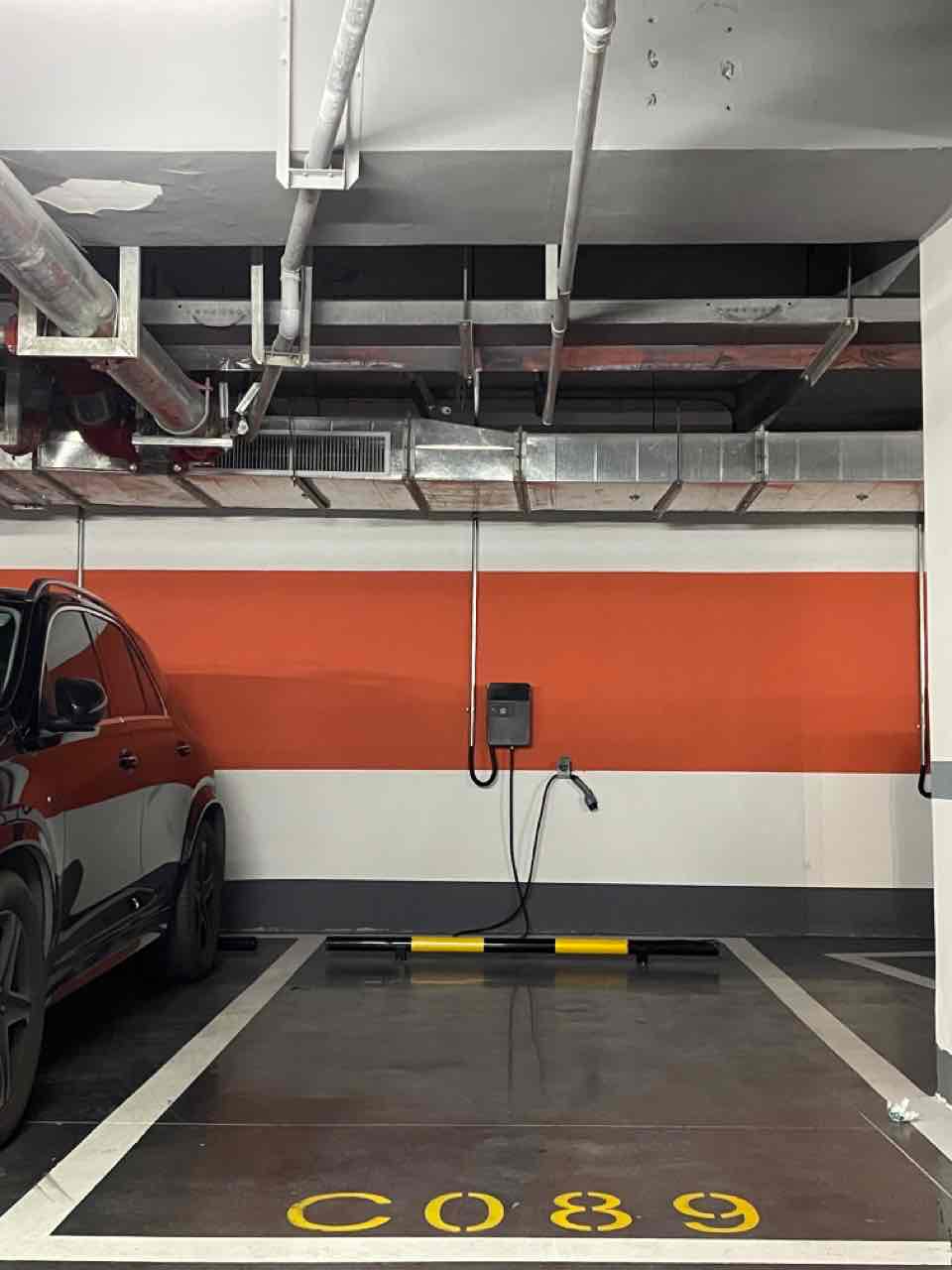 # Image 12b: Charging Parking Spaces
# Image 12b: Charging Parking Spaces
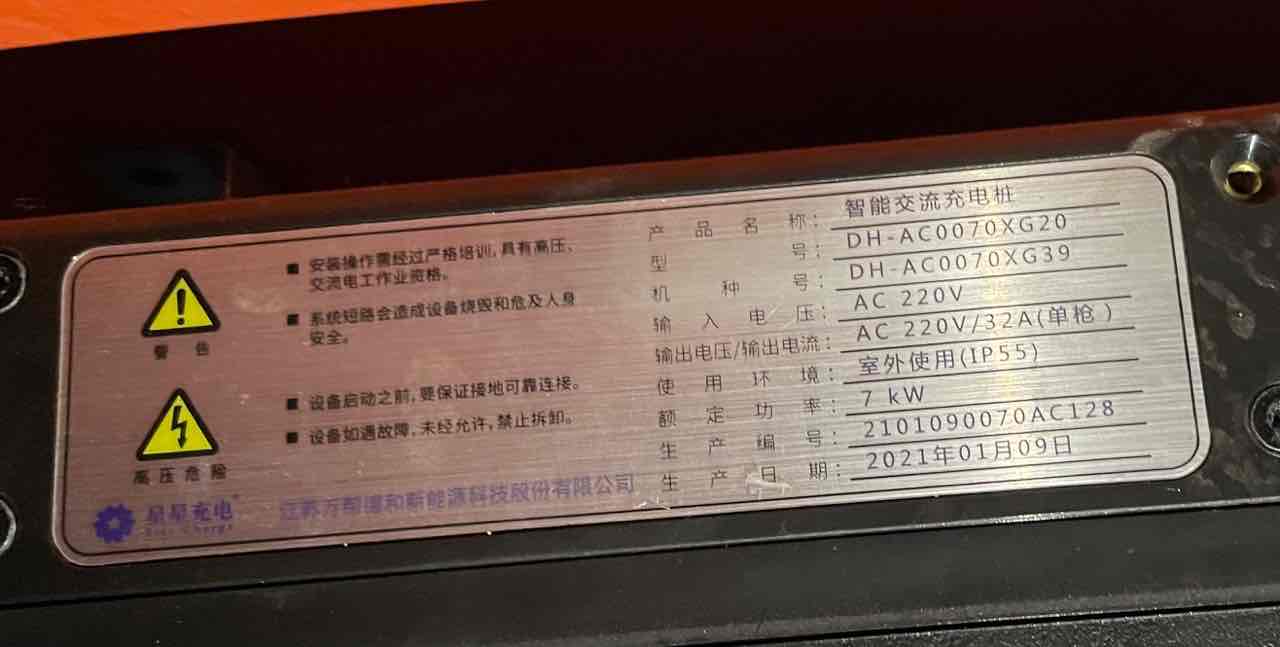
Image 12c: Parameters of Slow Charging Piles
Wrapping Up
After communicating with my local relatives at home, the results were unexpected. Although they think that fuel prices are expensive and they know that new energy vehicles are energy-saving and cost-effective, they still do not prefer to buy pure electric vehicle models under the premise of low income. The fundamental reason is that they believe that the range of electric vehicle endurance varies greatly. Even if it is fully charged, they still don’t know how far they can go on this journey. Furthermore, most of the places they go to do not have fast charging piles that can quickly supplement energy at any time. Combined with the known information that genuine fast charging piles are rare, I can also understand their thoughts. As for hybrid vehicles, they believe that their 10-year failure rate and maintenance costs will be slightly higher than that of traditional fuel vehicles. If there is a small problem with the car, then it won’t be drivable. As the only car, they don’t want to take risks or spend more money on maintenance and repairs. I also think this makes sense. Durable endurance is the real needs of the vast majority of people, and this is what should be done for new energy vehicles in rural areas. In this regard, no matter which Chinese automaker it is, there is still a long way to go.
This article is a translation by ChatGPT of a Chinese report from 42HOW. If you have any questions about it, please email bd@42how.com.
